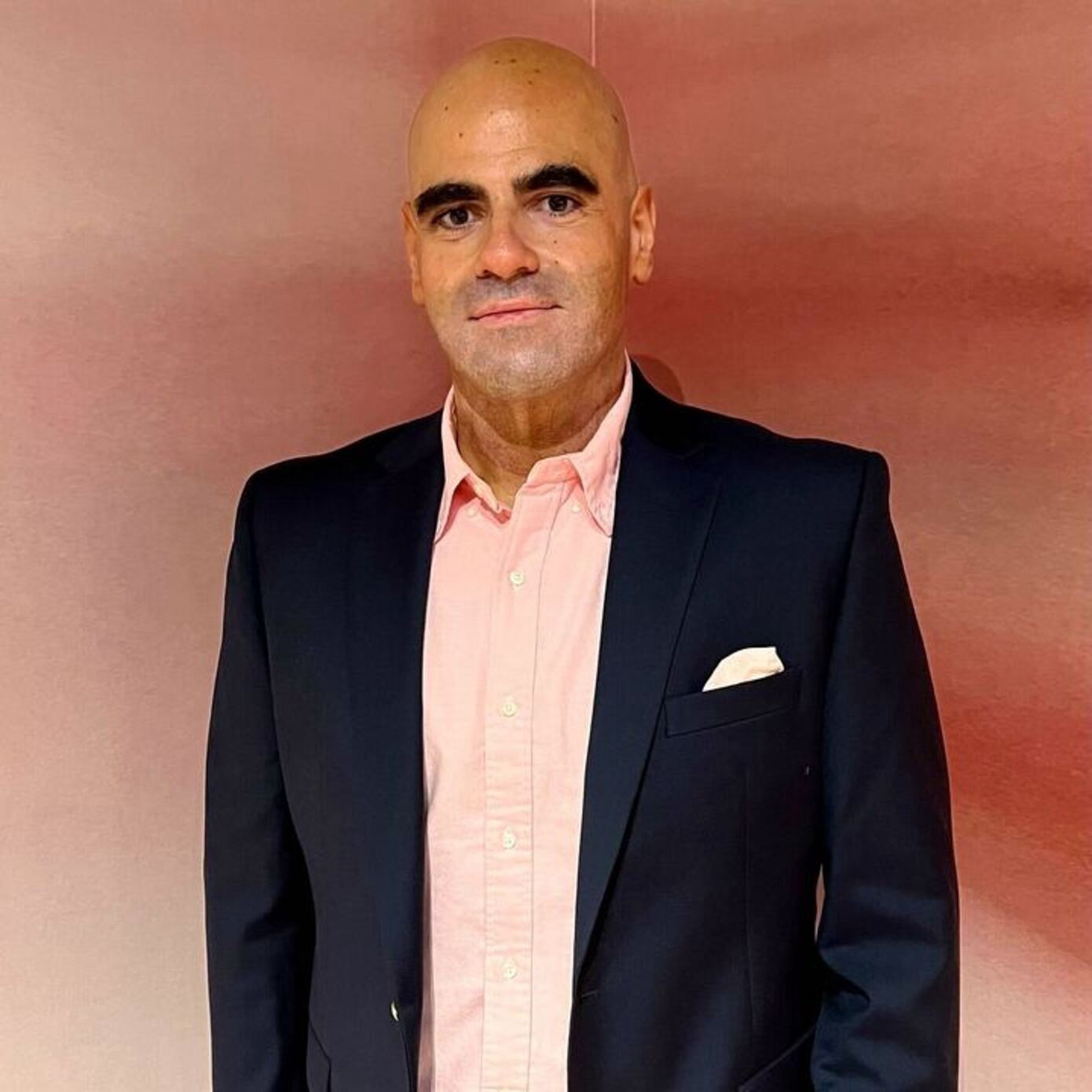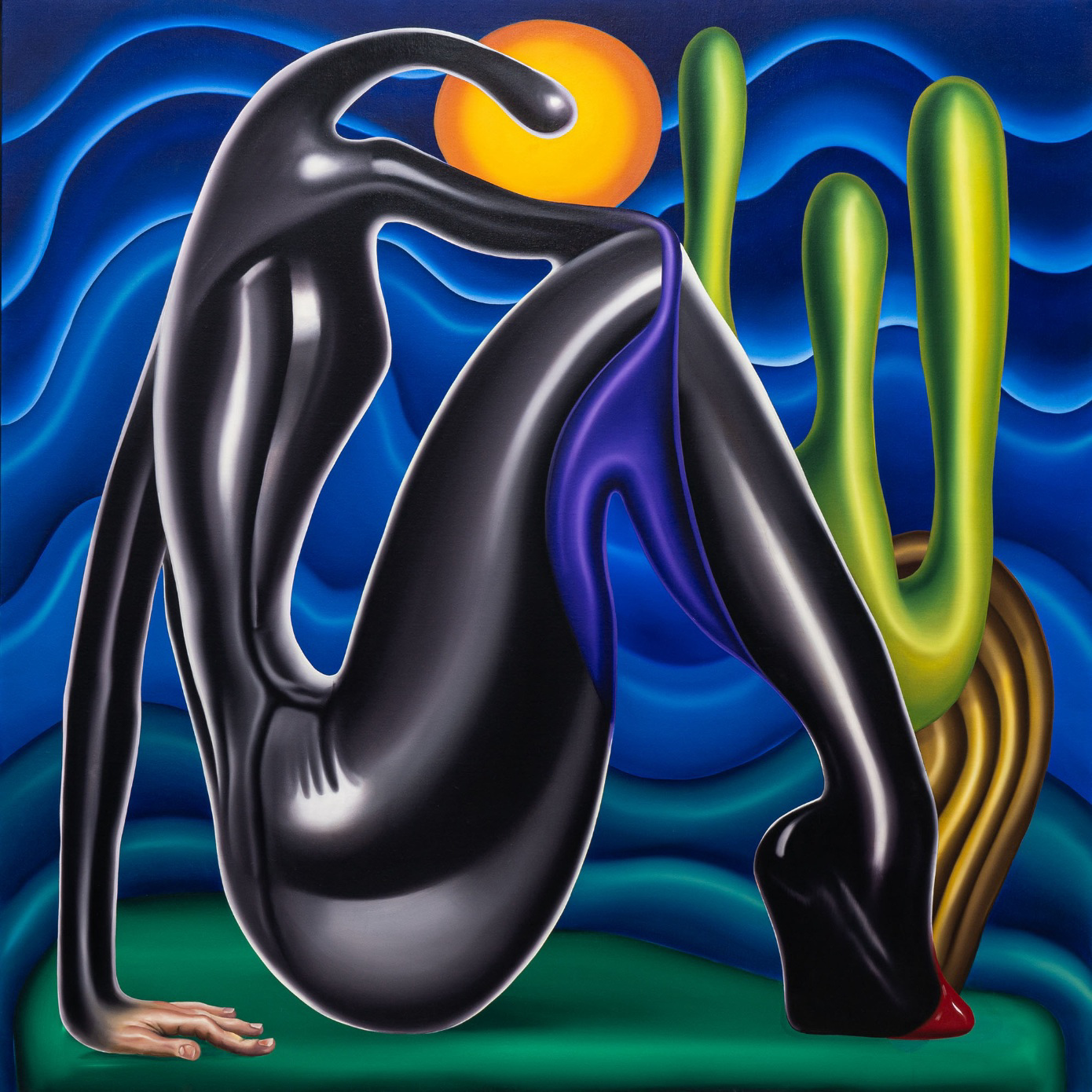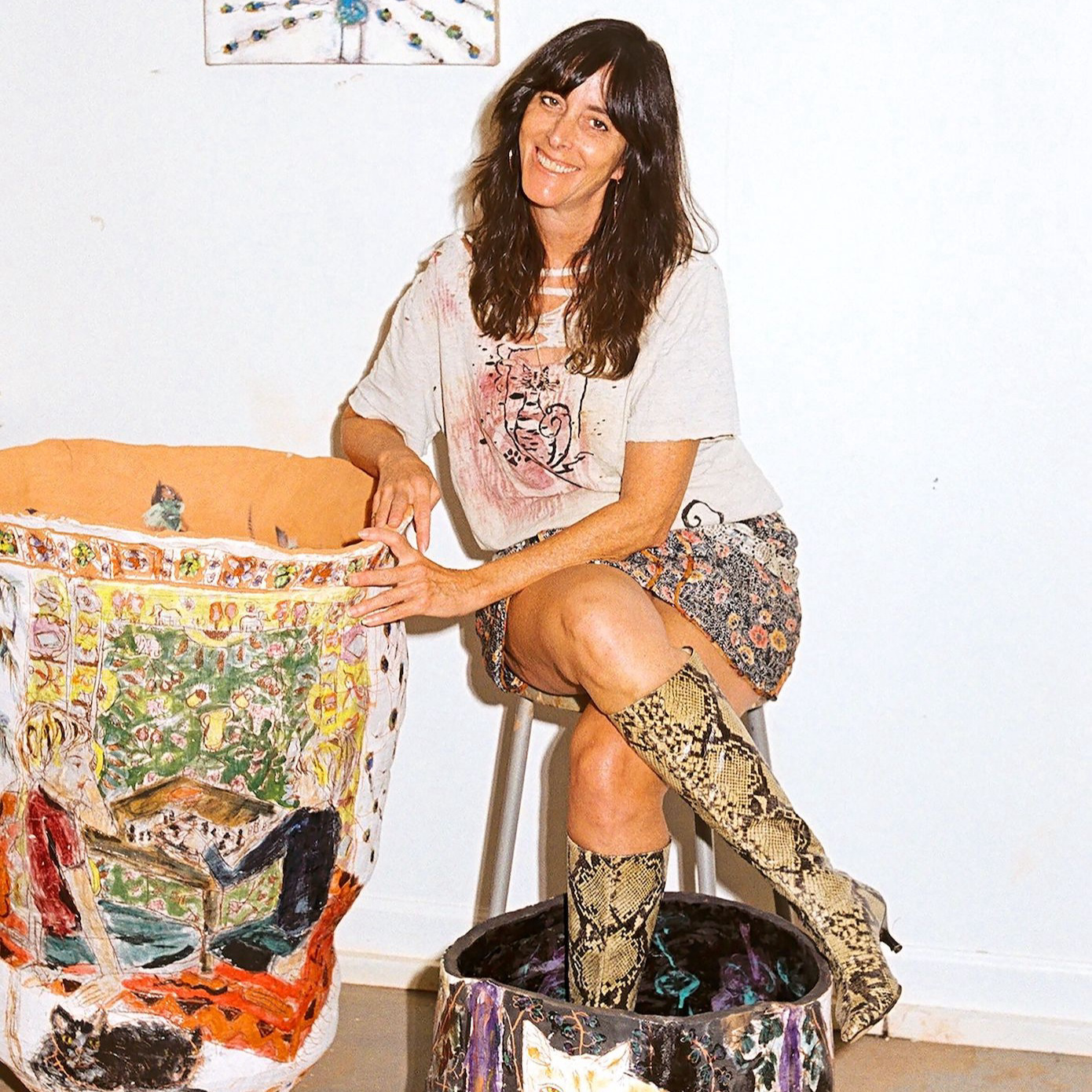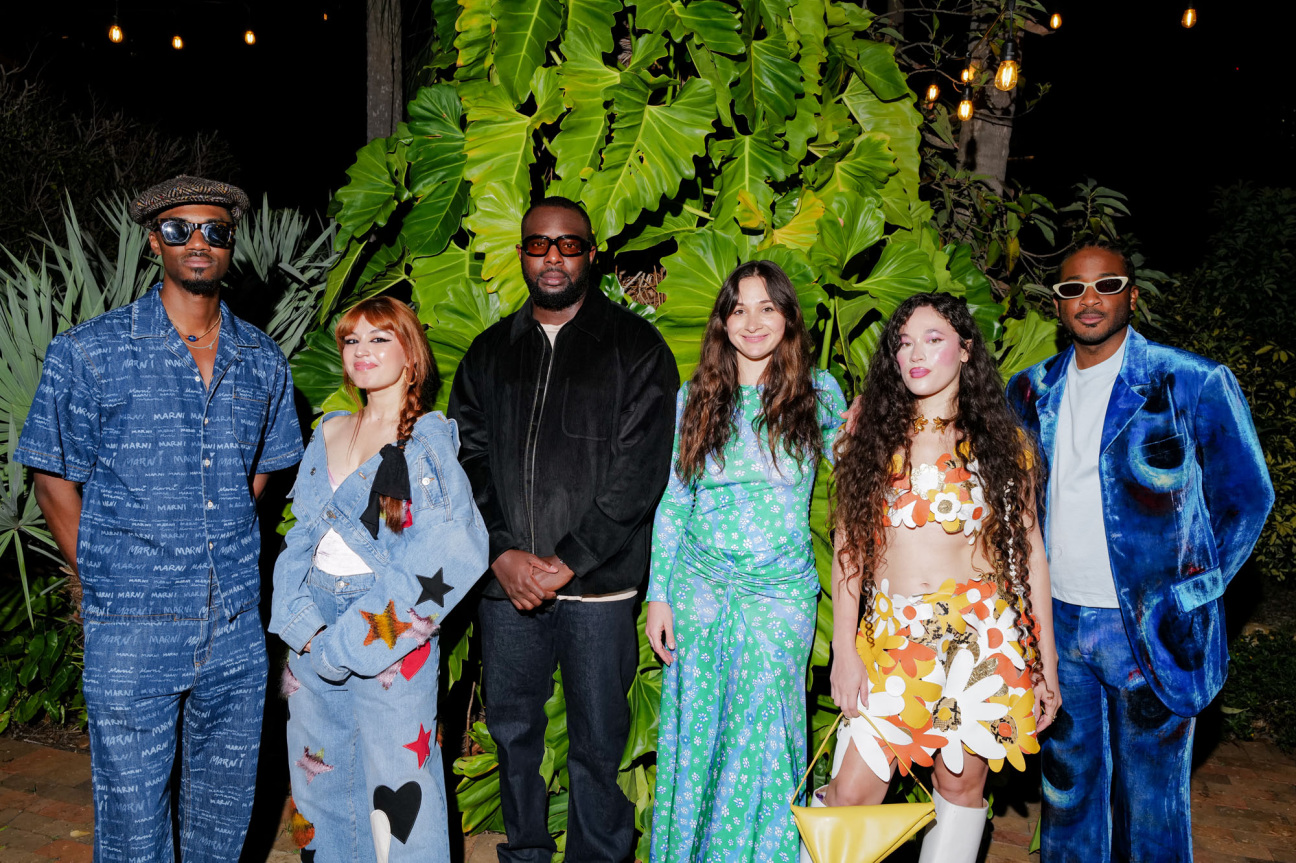
Towering greenery framed the outskirts of Rococinco’s cocktail party in Miami Beach last Thursday night. The event, landing in time for the city’s annual art week, took on the challenge of translating the work of five artists into sumptuous, sippable cocktails with the help of Ten to One Rum.
Devin B. Johnson’s bold choices were represented by Kola nuts. Veronica Fernandez’s simple, sweet compositions were transformed into a fruity mocktail. The cultural blend achieved in Anthony Akinbola’s work came together as a mix of lime, pineapple, and bitters. Marcus Leslie-Singleton and Gisela McDaniel’s colorful works were brought to life with equally vivacious mixtures featuring ingredients like the richly hued sorrel.
The evening’s host, Maria Vogel, flitted between guests—including Alteronce Gumby, Blake Abbie, Maryah Ananda, Miles Greenberg, and Kimberly Drew. Just one month prior, she had celebrated the first full year of her buzzy, artist-centered dinner parties. An offshoot of Vogel’s art advisory, Rococo, the project transforms an artist’s oeuvre into a one-night-only dining experience.
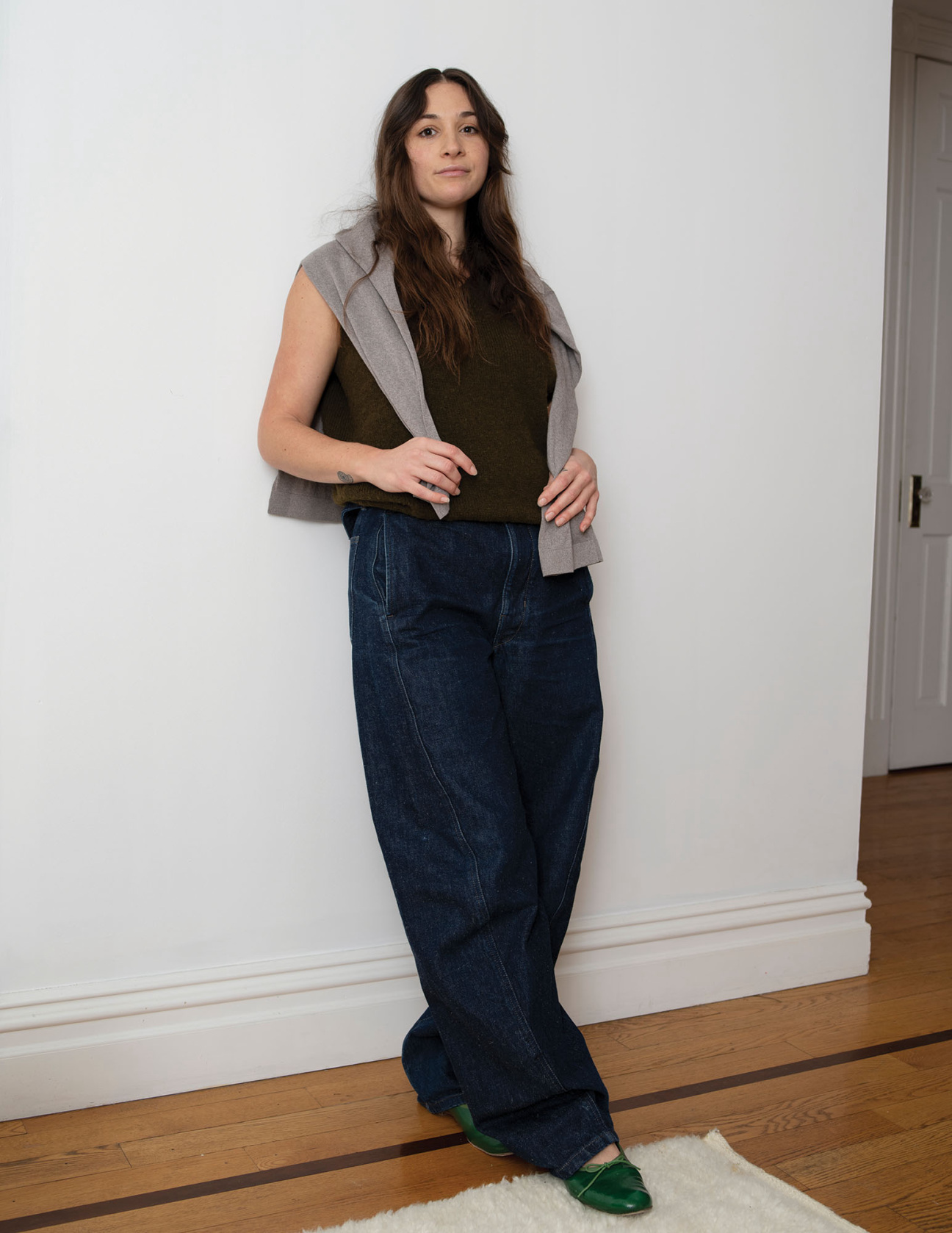
Dinner party experiences in New York, Los Angeles, and Miami have highlighted the work of emerging artists and celebrated creatives alike. “For our first dinner, I very much put things together with a DIY spirit,” she recalls, “calling on friends with various skills and expertise to bring my grand vision to life.”
Since that debut, Rococinco has expanded, partnering with brands like Marni (most recently, last week in Miami) and Leatherology. What began as an intentional way for Vogel to expand her advisory practice has turned into the company’s signature. Here, the artistic maven reflects on how she pulled off the unique event series, and where she plans to go from here.
CULTURED: Why do you think the worlds of food and art pair together well?
Maria Vogel: Anyone who has a love for art inherently has a love of beauty and sensory stimulation. These qualities exist both within a piece of art and a beautiful dish. The experience of taking in an artwork is not too far off from biting into a delicious morsel of food.
When conceiving Rococinco, I saw food as the great equalizer—something I could use to bring people together in an unintimidating art world context, and to create a space for friends and strangers to connect. There’s a saying about creating the things that you want to exist in the world, and Rococinco is just that: my dream dinner party in which all of the things I love most—art, food, connection, and storytelling—come together in the same room.
Never could I have imagined that some of the artists I most admire (Cristina de Miguel, Kenny Rivero, Emma Webster, Bony Ramirez, and Melissa Joseph, to name just a few) would trust me with this vision and agree to their work being translated into a dish for a room full of art appreciators to enjoy.
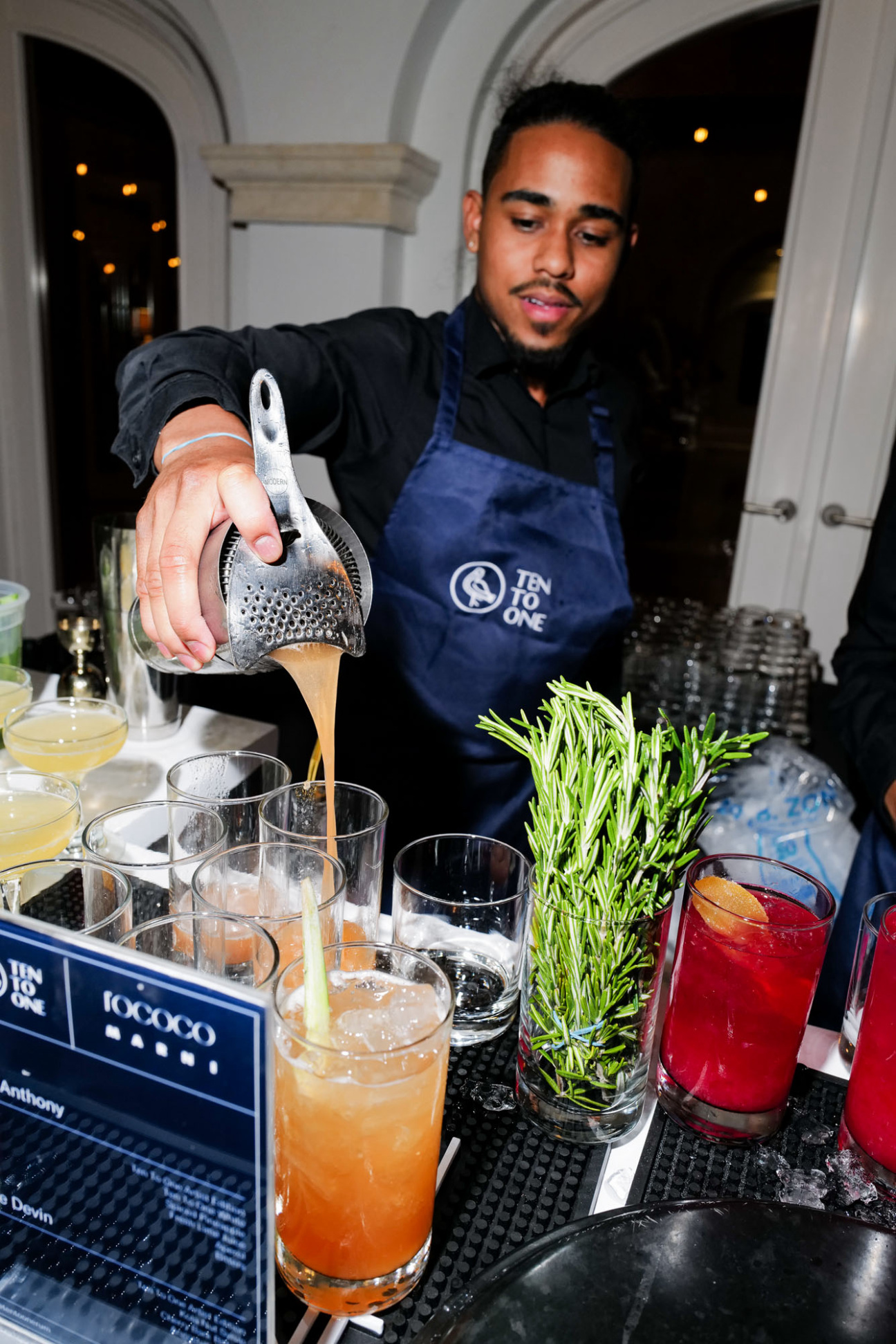
CULTURED: What has the response been thus far to this series, and how do you think it's shifted your work and company?
Vogel: When I hosted the first rendition of Rococinco, I had no idea what the reception would be, if it would be a one-time thing or something I would continue exploring. From the moment guests started to walk into the room, there was a palpable magnetism. When that night concluded, it seemed that I had no choice but to transform Rococinco into a series that would continue on with me. The response is the entire reason I keep it going.
I’ve always talked the talk of creating a more welcoming art world, but with Rococinco, I also have the pleasure of walking the walk. My hope is that this way of operating is also reflected in all of the other work that I do with Rococo, and that others view me as a friend in the industry.
CULTURED: How do you translate an artist's work into a meal?
Vogel: Luckily for me, that challenge is left to the different chefs who’ve come on board to transform an idea into an edible reality. At each dinner, I’ve made a point to call out our chef as the sixth artist of the evening. I’ve been blown away by the distinct approaches that our chefs—Zoe Johnston of Spilt Milk Collective, Heather Sperling of Botanica, and Maryah Ananda—have taken to translating an artist’s work into a dish; they’re the glue binding the event together.
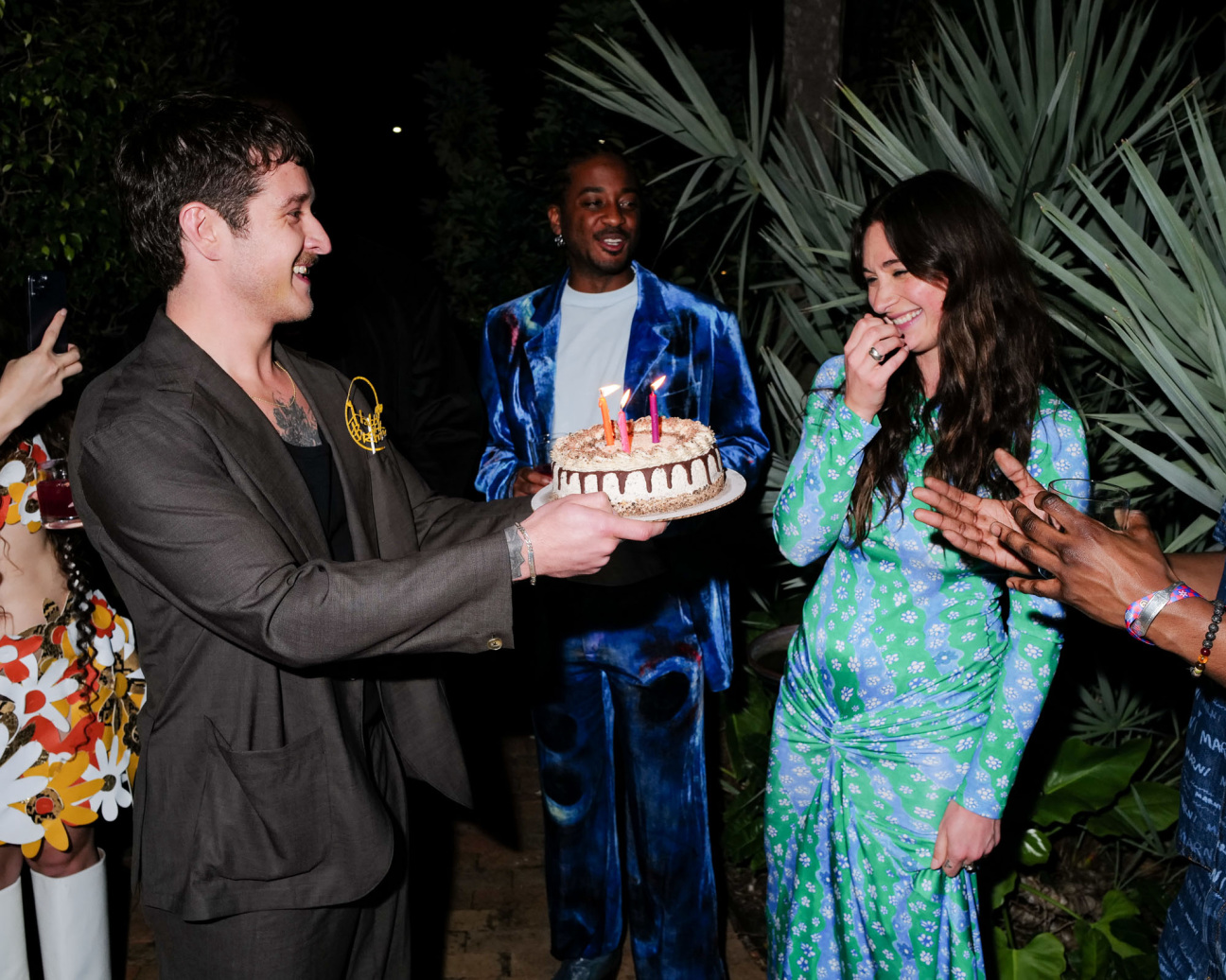
CULTURED: What does having an "artist-based approach" mean to you as an advisor?
Vogel: As an advisor, I wear a lot of hats and straddle many lines when it comes to services, but the crux of the job is sales. I’m eerily aware of how disconnected sales-oriented roles within the art world can feel from the reason for it all: the artists. I made a promise to myself early on that if I was going to enter this space, I was going to remain committed to always putting artists first. When I place an artwork, I’m thinking of the artist—the context that their work is situated in and the home I can create for them within a collection. I do what I do because I want to support artists in getting their name and work out into the world.
CULTURED: How open have you found the art world to introducing new forms of patronage and discovery?
Vogel: There’s definitely a hunger for new modes of operating in the art world. Even so, the insular nature of the industry has created a system slow to embrace change on grand scales. Any idea looking to shake things up needs to be well-studied from the inside and able to bridge old and new concepts.
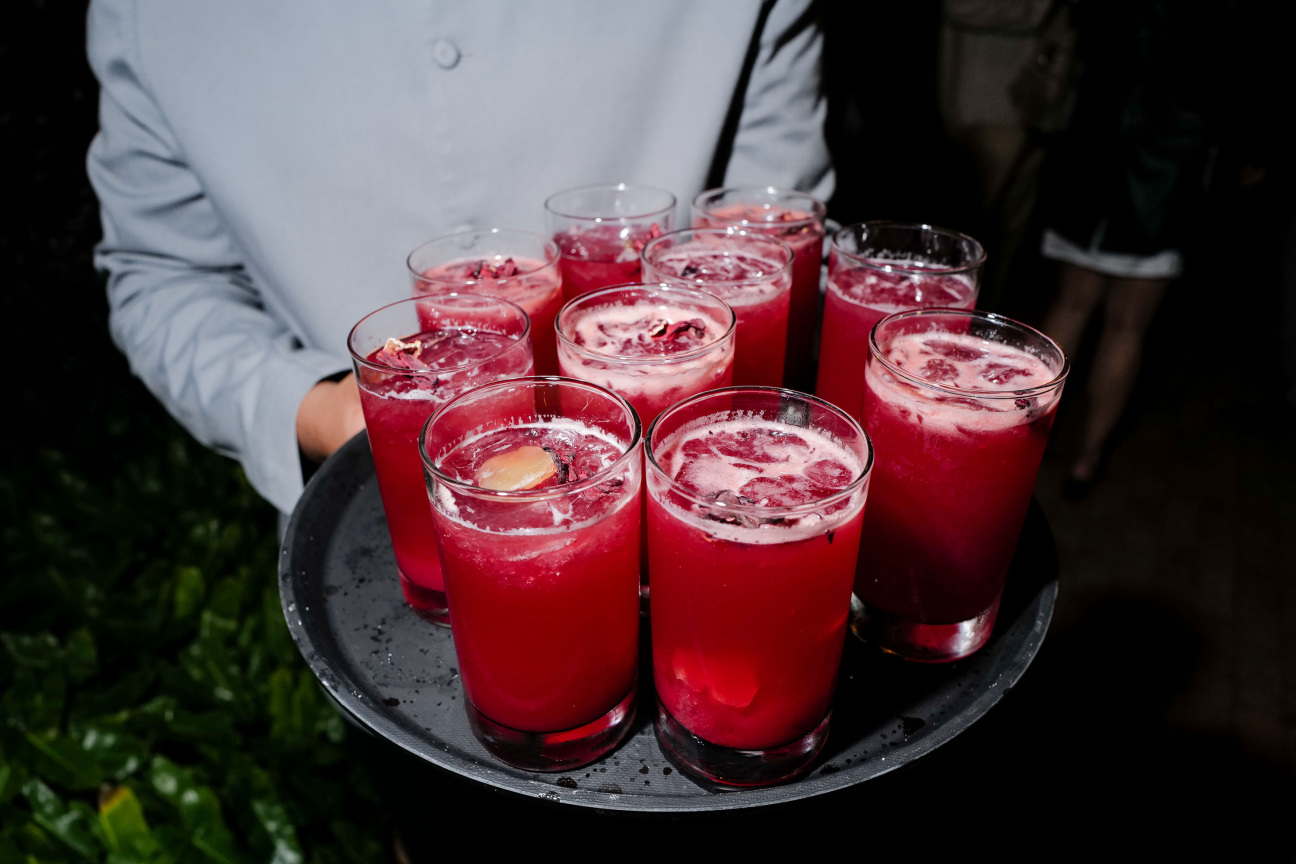
CULTURED: What elements are necessary for the perfect dinner party?
Vogel: A well thought through guest list, composed of people from various walks of life who want to connect with others. A warm and welcoming ambiance. A menu that appeals to everyone.
CULTURED: Are there any elements to absolutely not include if you want your dinner party to go off without a hitch?
Vogel: Don’t overcomplicate things. Simplicity is best when creating a container for others to be welcomed into and enjoy themselves. Also, a rule of thumb for anyone hosting: make sure that you design an evening that you can enjoy for yourself. Be present with your guests and don’t worry about what’s happening in the background, because your worry will be more disruptive than anything else.

